15. New Orleans, Louisiana

The Big Easy suffers the worst from urban heat, according to a recent report from nonprofit research group Climate Central.
The study found that the city’s abundance of dark, impermeable surfaces, like asphalt roads — which absorb and then radiate back heat — largely contribute to extreme heat events in the city.
For a retiree, this means putting yourself at further risk for heat-related illnesses, which disproportionately affect people who are 65 or older or who have chronic health conditions.
And that’s not all that residents have to deal with. “New Orleans residents have learned to live with the dreaded annual hurricane season. Most seasons are rather quiet, but everyone prepares for these storms which require evacuation,” says Beth Taylor on Quora.
Discover how a simple decision today could lead to an extra $1.3 million in retirement
Learn how you can set yourself up for a more prosperous future by exploring why so many people who work with financial advisors retire with more wealth.
Discover the full story and see how you could be on the path to an extra $1.3 million in retirement.
Read More14. Fairbanks, Alaska

Sure, residents get stunning views of the Aurora Borealis in the Last Frontier state, but your average retiree would probably prefer sunshine and beaches to the north’s perpetual cold.
Fairbanks hit record lows for the month of April this year, at a chilly -24 degrees, and also experienced a late-season 13-inch snowstorm.
“There’s the horrible freezing weather in a very small city that's pretty far from any large cities with things to do. It gets like -50,-60. People throw hot cups of water out the window to watch it freeze before it hits the ground,” says Kelli L Port on Quora.
13. Houston, Texas
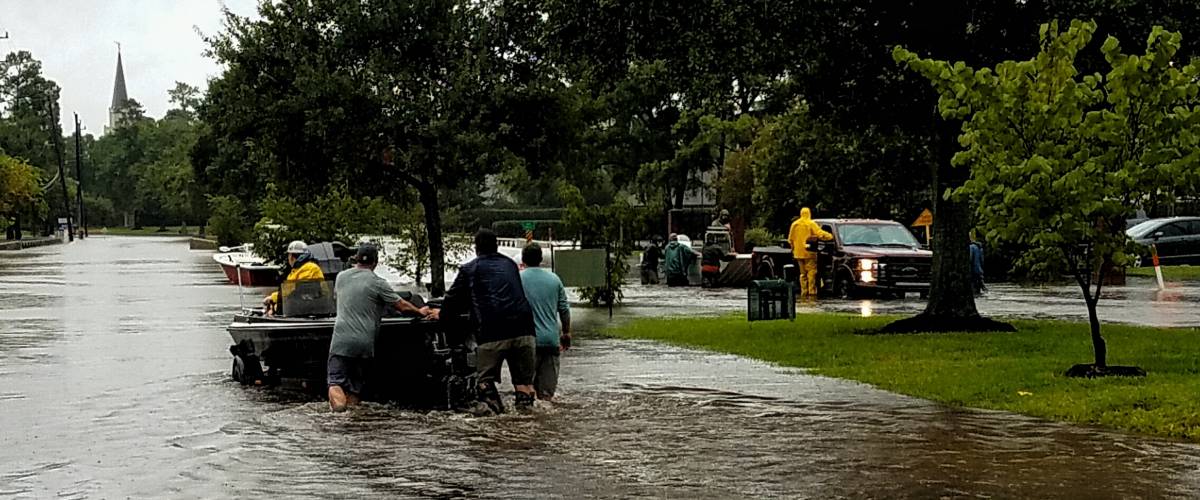
Hot and humid Houston recorded temperatures of 100 degrees in June — the earliest that mark has reached in a decade, according to Bloomberg.
The city’s also considered one of the worst urban heat islands in the nation and has dealt with several extreme weather events over the years, from tornadoes to snowstorms — in February, the entire state’s power grid collapsed.
The higher temperatures, the more money retirees spend on cooling their homes down as well. “Cost of electricity, and we use a lot of it to cool our homes in this climate, is really high in comparison to other places. In the summer we pay at least $300 a month for our remodeled 100-year-old house,” says Wayne Evans on Quora.
Diversify your portfolio by investing in art
When it comes to investing, a diversified portfolio can lead to better returns. Masterworks' art investing platform has turned a previously inaccessible asset class into an actual option for individual investors. Think of artists like Banksy, Monet or Warhol. Get priority access and skip the waitlist here.
Skip the waitlist12. Bismarck, North Dakota
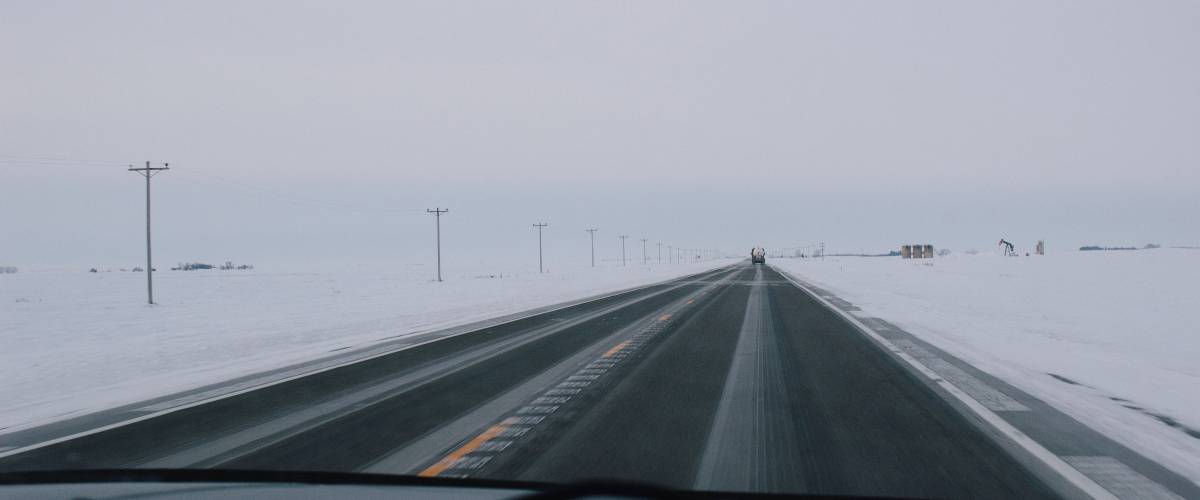
Bismark in North Dakota certainly gets chilly, with temperatures falling as low as -45 degrees and snowfall averaging 51 inches each year — and, as if that’s not enough, the city’s no stranger to twisters either.
In 2000, five tornadoes touched down in Bismarck and its surrounding areas, damaging over 40 homes. A blizzard reportedly stormed through the city not long after.
The city air is currently clogged up with smoke from wildfires in the western U.S. and Canada. The elderly — and anyone with an existing heart or lung condition — should stay well away for the time being.
11. Phoenix, Arizona
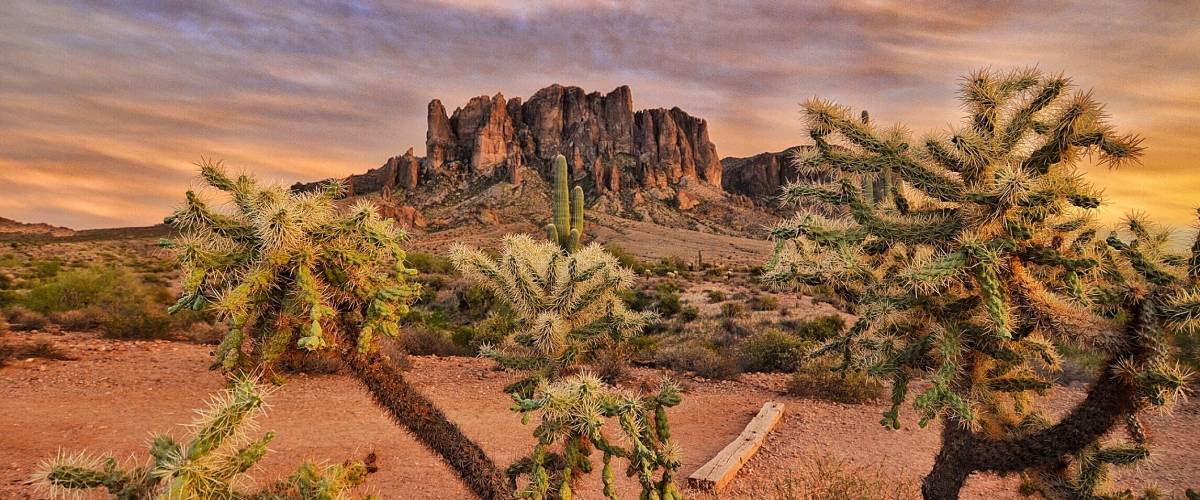
Often named one of the hottest cities in the country, the Valley of the Sun might lure tourists and vacationers to its high-end spa resorts and desert landmarks, but it’s not ideal for retirees.
Last year, Phoenix contended with its two hottest back-to-back months on record. In August 2020, temperatures soared up to an average high of 110.7 degrees. And 2021 saw Phoenix break its record for hottest June in history.
The Washington Post says the city’s temperatures have been escalating over the years due to urban sprawl and greater use of heat-absorbing surfaces, like asphalt and concrete. On top of that, greenhouse gas concentrations in the atmosphere across the world have risen as well, making Phoenix even more susceptible to major heat events.
10. Oklahoma City, Oklahoma

Oklahoma City’s nestled near the heart of Tornado Alley — between 1893 to 2020, 171 tornadoes have racked the area in total — so make sure you’ve got a good home insurance policy to cover any related damages.
May is considered a peak month for all tornadoes, while more dangerous tornadoes are more likely to occur in April. The Washington Post dubbed OKC one of the worst cities for extreme weather this year.
A vicious ice storm in October 2020 disrupted power lines and toppled trees, while flash flood warnings are issued quite frequently.
9. Grand Forks, North Dakota
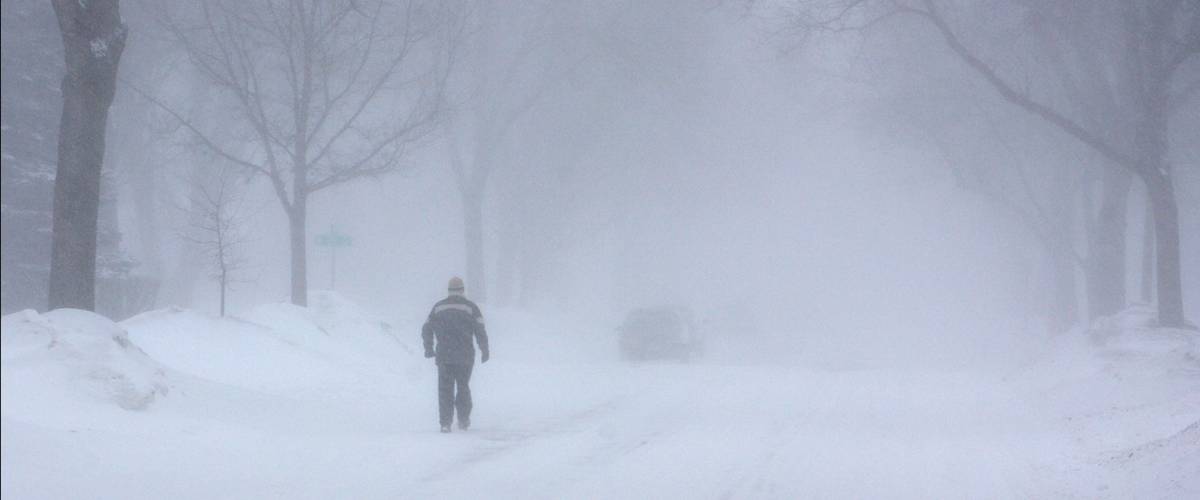
Grand Forks in North Dakota gets its fair share of blizzards — one of the most recent being Blizzard Aaliyah, which landed in December 2020.
They’re so common, in fact, that the Grand Forks Herald names each snowstorm for a local resident or a famous or mythical figure.
Grand Forks is considered the Peace Garden State’s coldest city — the winter months can drop to subzero temperatures.
Several super cell thunderstorms also hammered North Dakota and northwest Minnesota in August this year, ripping branches and limbs off trees and damaging a couple structures across Grand Forks.
8. Santa Cruz, California
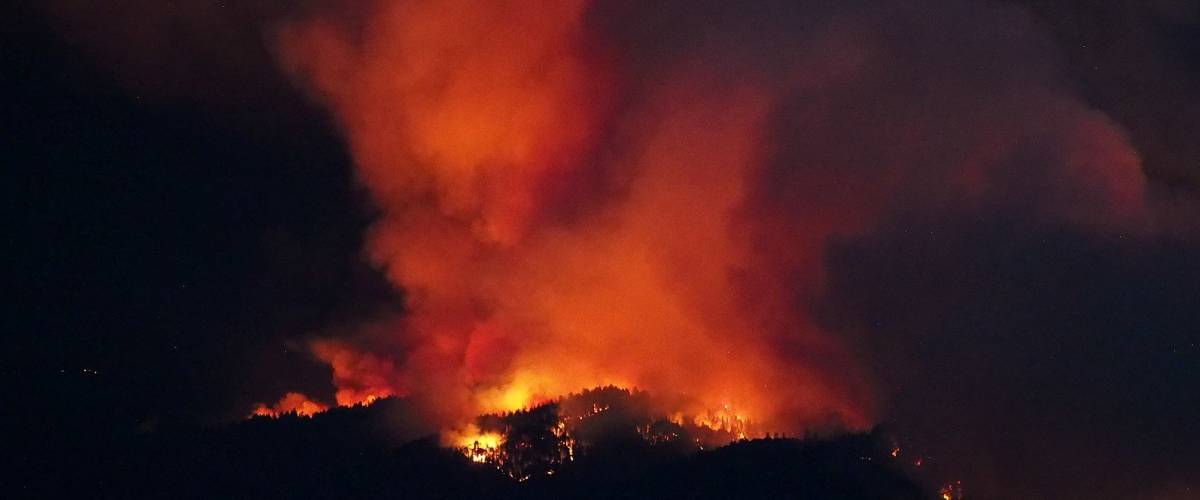
Wildfires have been ravaging the state of California for years — the state’s fire record reportedly dates back to 1932 — and the city of Santa Cruz and its surrounding areas are no exception.
This city is prone to both wildfires, flooding and the occasional earthquake. In 2017, mudslides and flooding cost the city over $10 million in damages, and the CZU Lightning Complex fire last year resulted in widespread devastation across the entire Santa Cruz county.
Almost 1,500 homes were damaged or destroyed in the 37-day CZU fire and around 65,000 people were evacuated.
7. Las Vegas, Nevada

Las Vegas has plenty to entertain a retiree, it’s true, but beyond its (air-conditioned) casinos and vibrant nightlife, the city struggles with an intense heat problem.
In the summer of 2021, Sin City underwent a massive heat wave, with temperatures shooting up to 117 degrees in July. Dust and smoke from nearby wildfires also settled over the valley in a brown haze, says The Guardian.
The city’s reportedly warming faster than almost any other area in the U.S. — and its bustling crowds, concrete and overheating vehicles are only contributing to what’s becoming a serious environmental concern. Heat-related deaths in Southern Nevada are on the rise as well.
6. Denver, Colorado
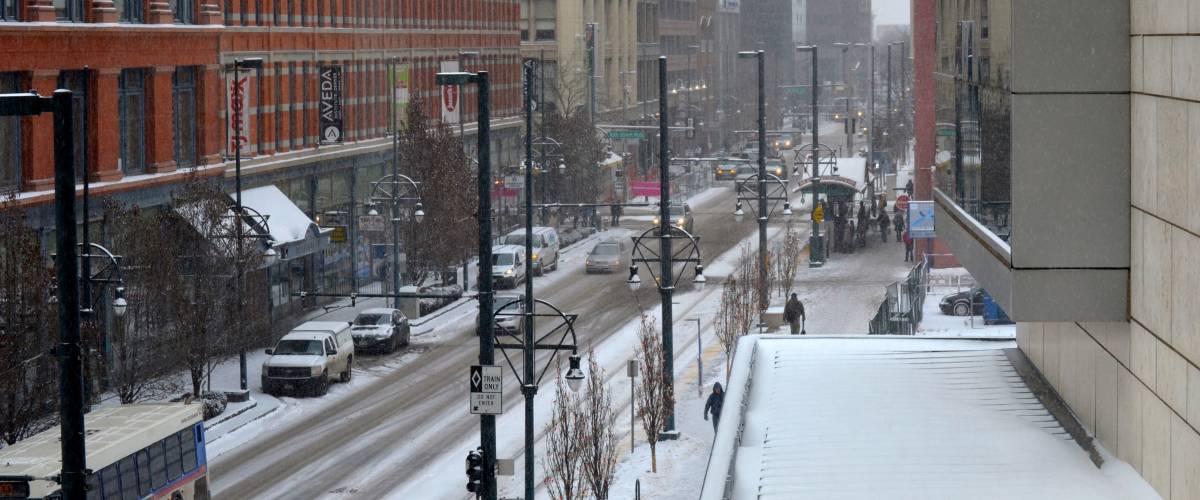
Retirees better dig out their shovels and prepare for the winters if they’re settling down in Denver for the remainder of their golden years.
The Mile High City is known for its heavy snowfall — averaging about 54 inches each year, according to The Washington Post.
It’s also prone to volatile temperature swings. During Labor Day weekend in 2020, the city broke a heat record at 101 degrees on the Saturday before swinging into a snow storm a few days later with temperatures in the 30s. Snowfall ended up continuing all the way through May, not uncommon for the area.
5. Tucson, Arizona

Tucson hit a record high for the fifth day in a row in June 2021 at 114 degrees — the previous record was 109 degrees in 1985, over 35 years ago.
The Old Pueblo experiences dry heat for most of the year and humidity during the monsoon season. The Guardian says the elderly who live in the city are especially at risk of heat-related illnesses and deaths, so if you decide to settle down in the area, make sure you compare health insurance policies to get the coverage you need.
“Your skin will suffer due to the heat, dry climate and sun — use a lot of moisturizer, lip balm and hand lotion. Even with that expect dry skin and more wrinkles,” warns Kent Thornell on Quora about retiring in Tucson.
4. Riverside-San Bernardino, California
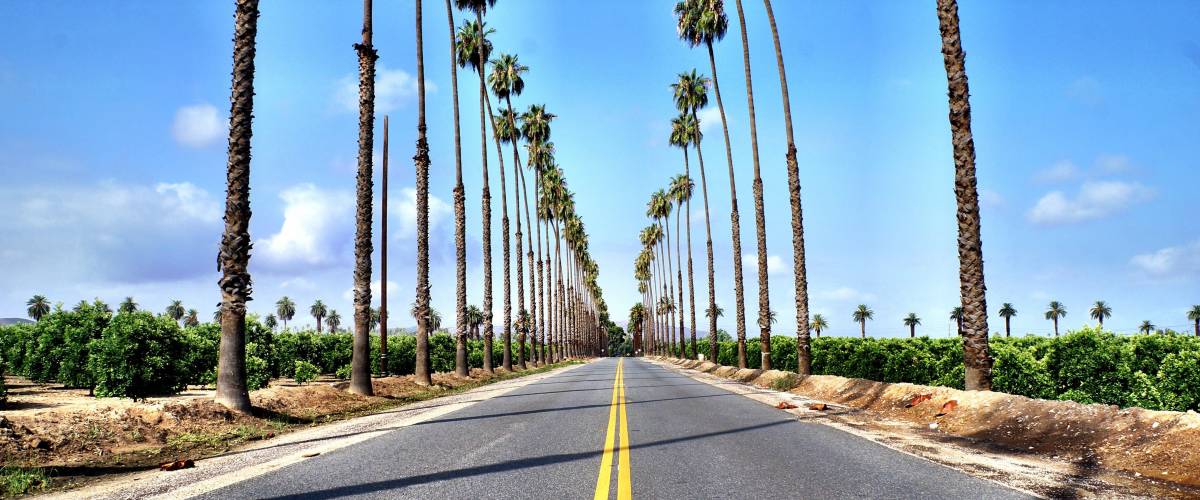
According to FEMA, the cities of Riverside and San Bernardino land in one of the riskiest areas in the country for natural disasters.
The San Andreas Fault, which inspired the 2015 disaster film San Andreas, runs through San Bernardino and has triggered several real earthquakes in the past.
Wildfires aren’t uncommon in the area either. A 30-acre brush fire in Jurupa Valley this summer prompted evacuations and caused damage to around 20 homes — thankfully, it wasn’t as widespread as the 150-acre fire that broke out the previous year.
3. Boston, Massachusetts
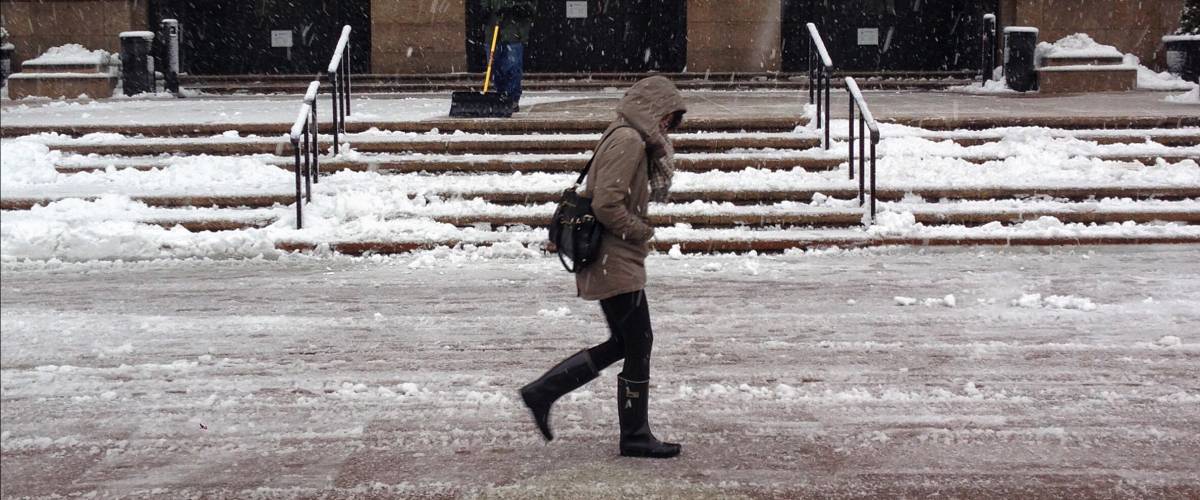
Remember the infamous “blizzard blitz” of 2015? Boston managed to get nearly an entire season’s worth of snow in just 10 days.
The New England city’s not just pricey to live in, it’s often racked with bad weather, even through the summer. This year marked Boston’s third wettest July in history, with nearly 9 inches of rainfall logged in the books.
Since the city’s situated on the coast, it’s also at a higher risk of flooding, particularly as climate change worsens. And while hurricanes are nowhere near as common as snowstorms, Sandy pummeled trees and triggered power outages throughout Boston in 2012.
2. Los Angeles, California
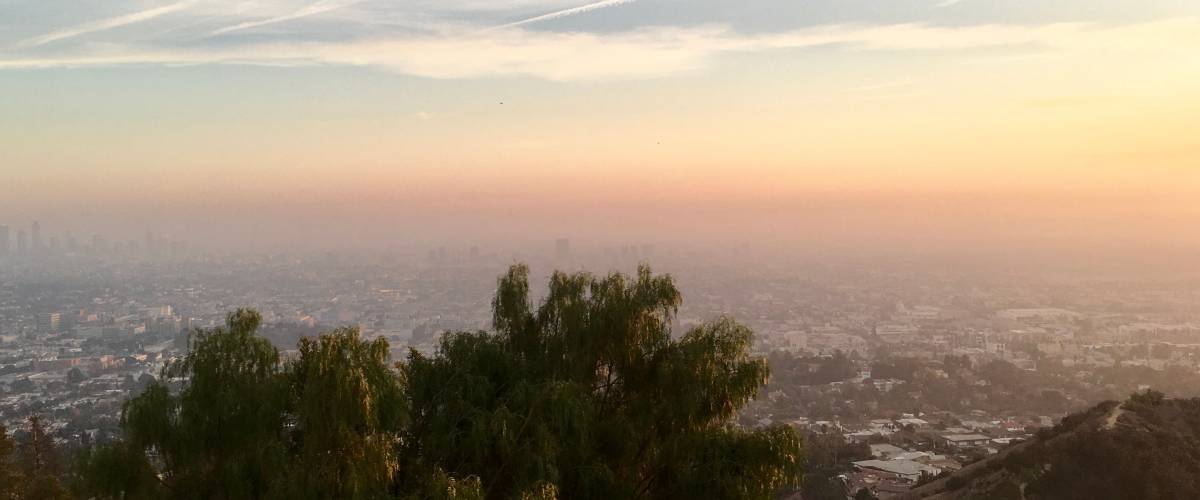
The City of Angels poses several weather hazards to its residents due to its geography — it has many fault lines running through the area and lies near ravines and basins, as well as dry hillsides and brushes.
Los Angeles County overall received the highest score on FEMA’s National Risk Index. It ranked highly in particular for earthquake and wildfire risk, but also relatively highly for tornadoes, heat waves, flooding and lightning.
2017’s fire season hit the city directly in Bel-Air, destroying homes and forcing the evacuation of hundreds of residents.
1. San Jose, California
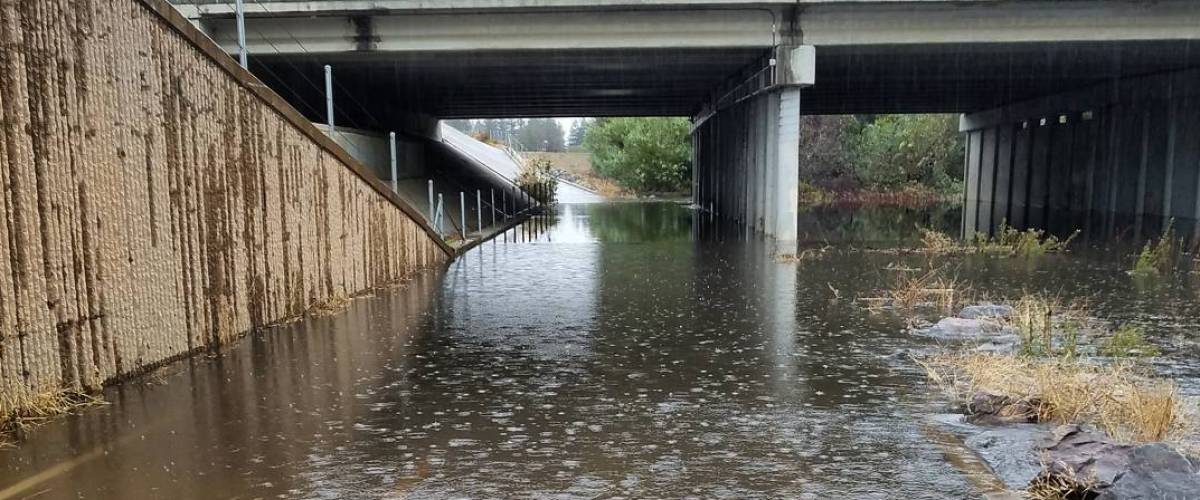
The Capital of Silicon Valley is not only expensive to live in — make sure to compare mortgage rates and find the best one to suit your needs — it’s also prone to natural disasters.
No retiree wants to worry about getting caught in a flood or losing their home to a wildfire — insurance website Insurify says San Jose, which lies on the southern shore of the San Francisco Bay, is one of America’s riskiest cities for flooding, and like much of the rest of California, the city’s susceptible to wildfires.
A large brush fire broke out just this summer, starting in Milpitas before making its way over to Coyote Creek and San Jose. It has been made worse by the ongoing drought conditions in the region.
Meet your retirement goals effortlessly
The road to retirement may seem long, but with Advisor, you can find a trusted partner to guide you every step of the way
Advisor matches you with vetted financial advisors that offer personalized advice to help you to make the right choices, invest wisely, and secure the retirement you've always dreamed of. Start planning early, and get your retirement mapped out today.








